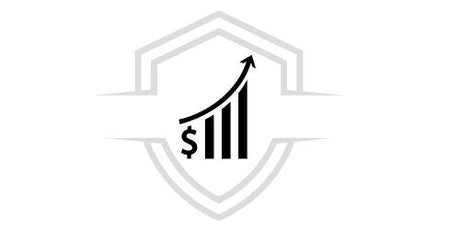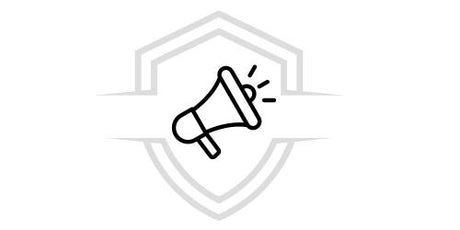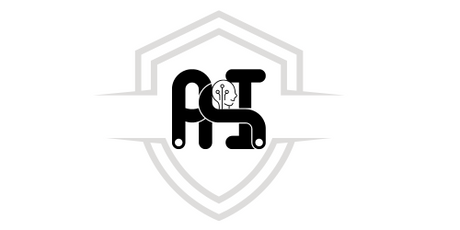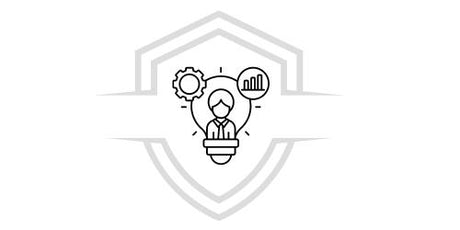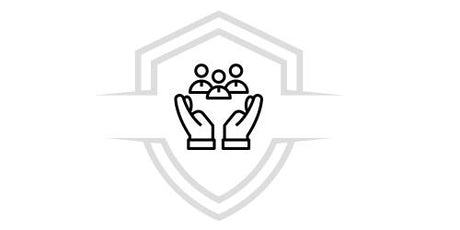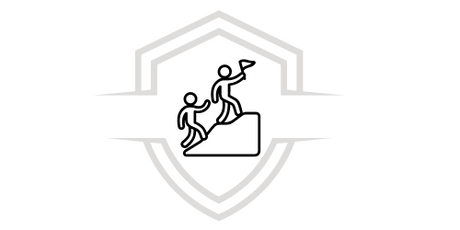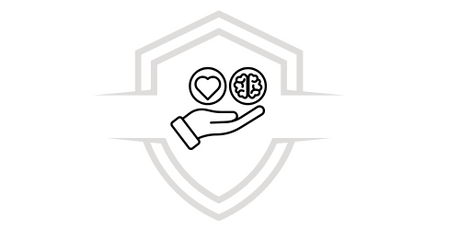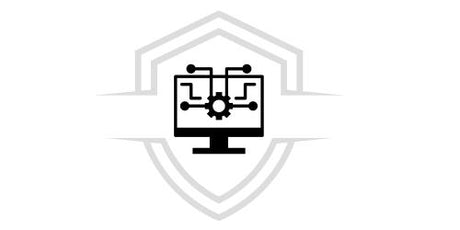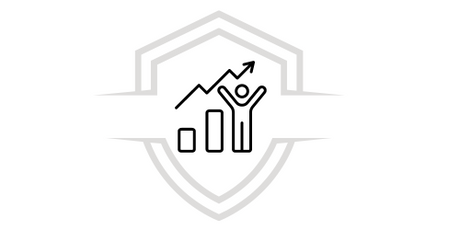The marketing funnel is a process that the marketing team follows from publishing an action until making the sale.
This suggests that the customer goes through several stages. According to the AIDA model , there are four stages in total, from identifying a need, through to choosing, and then making a purchase. At the top, the widest part of the funnel, more people interact, but as the funnel narrows, there are fewer people at each stage. And the last stage represents the customers who make a purchase or take the desired action.
An example of this would be: 1,000 people are interested in an online course platform, 100 click on the ad and sign up for the free class, and ultimately only 30 purchase the discounted class package.
The origin of funnel marketing dates back to 1920, when John Dawey, a philosopher, presented the stages that a customer goes through before, during and after purchasing a product or service.
Why is it called funnel marketing?
Marketing actions are present throughout the entire process, influencing decision-making and accompanying the customer throughout the purchasing process.
What are the stages of the marketing funnel?
The marketing funnel is divided into four stages: Attention, interest, desire and action or what is known as the AIDA model.
Each of these stages will require a strategy to help the company determine where in the funnel its customers are.
The consumer goes through the following stages:
✅ Identify a need or problem.
✅ Find information and alternatives to solve it.
✅ Evaluate different alternatives.
✅ Make the purchasing decision.
Another of the multiple funnel stage options are TOFU, MOFU, BOFU :
1. Top of the funnel (TOFU)
The top of the marketing funnel is the attraction stage, when the user identifies a need or problem. During this stage, the user searches for information, does research, but does not yet know about your brand or company.
2. Middle of the funnel (MOFU)
The middle part of the marketing funnel is where the user has decided which product or service will help them, but there is still a difficult path to be taken; they have to evaluate different options, including those of your competition, and analyze different factors to make a final decision. This stage is key to determining whether a user becomes a lead, and therefore a business opportunity.
3. Bottom of the funnel (BOFU)
The last stage is the narrowest part, where users are already leads who have gone through different stages until making the purchase. At this point, users have been lost along the way, and only those who are ready for the end can be found. At this point, the sales team comes into action.
What this means is that with this process, the marketing funnel manages to give the sales team a client who knows what they are looking for and where to find it.
FREE DOWNLOAD
We provide you with this FREE material that will allow you to create a sales funnel and attract the largest number of leads.
What are the advantages of funnel marketing?
After learning about the famous marketing funnel, you may be wondering if it really works for your business, but the truth is that everyone has a sales funnel. You just have to identify your marketing actions and rethink some that are not working if your goal is to sell.
Remember that success does not only depend on having a good product or service, you have to know how to offer it. If you are clear about the stages of your funnel, you can identify possible errors to improve your conversion rate. These improvements can range from redesigning the website, creating offers, working on your customer service, etc.
By monitoring your purchasing stages, you will obtain valuable information on how to attract and retain customers. Both of these represent growth for the company.
Qualified lead . The sales department will receive a highly qualified, sales-ready lead, where the team will have no difficulty in closing the deal.
Decreases sales costs . The cost of acquiring a customer decreases because sales effectiveness increases.
Automate processes . The advantage of funnel marketing is that you can automate processes that were previously hard and exhausting.
Funnel marketing – step by step
After learning about the famous marketing funnel, you may be wondering if it really works for your business, but the truth is that everyone has a sales funnel. You just have to identify your marketing actions and rethink some that are not working if your goal is to sell.
Remember that success does not only depend on having a good product or service, you have to know how to offer it. If you are clear about the stages of your funnel, you can identify possible errors to improve your conversion rate. These improvements can range from redesigning the website, creating offers, working on your customer service, etc.
By monitoring your purchasing stages, you will obtain valuable information on how to attract and retain customers. Both of these represent growth for the company.
Qualified lead. The sales department will receive a highly qualified, sales-ready lead, where the team will have no difficulty in closing the deal.
Sales costs decrease. The cost of acquiring a customer decreases because sales effectiveness increases.
Automate processes. The advantage of the marketing funnel is that you can automate processes that were previously hard and exhausting.
Funnel marketing – step by step
Now, the important thing when building a marketing funnel is to have strategies that can be measured.
What you need to keep in mind:
✅ Buyer personas: You can't attract a customer without knowing who they are. You must segment the different profiles and define their characteristics to know who you are targeting.
✅ Keywords: If you already know who you are talking to, or your buyer persona, you must work on your content to address that person in the right way.
✅ Prepare your website: Evaluate your website, information, buttons, landing pages, ebook creation, etc.
✅ Monitor and measure: You must analyze the results, capture the traffic generated, the clips, etc. and evaluate the strategies to make adjustments if necessary.
Courses that may interest you
Do you want to acquire more skills to master the world of digital marketing? We remind you to also check out our courses on Google Ads From Scratch, Digital Marketing Diploma and Email Marketing.



